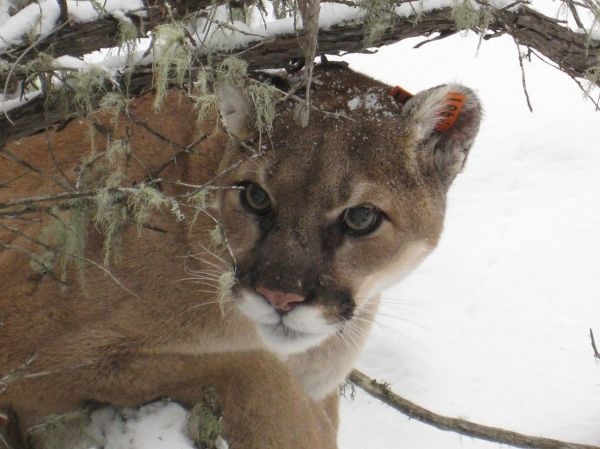Scientists have discovered that marine fog in California carries with it high levels of mercury, which they say is being deposited on land and making its way up the food chain. Pumas living in the coastal Santa Cruz Mountains, an area often draped in fog, have mercury levels three times higher than mountain lions that live outside the fog zone. Lichens and deer also had significantly higher levels of mercury in the fog belt.
The research, published this week in the journal Scientific Reports, found that mountain lions had mercury concentrations approaching toxic thresholds that could cause neurological damage, impact reproduction, and threaten survival.
Mercury is released into the atmosphere through a variety of industrial processes, including mining and coal-fired power plants. Once airborne, the element can travel internationally, crossing countries and oceans. As explained in a press release, “as atmospheric mercury rains down on oceans, it is converted by anaerobic bacteria in deep waters to methylmercury, the most toxic form of mercury. Upwelling brings some methylmercury to the surface, where it is released back into the atmosphere and carried by fog.” The presence of elevated levels of methylmercury in lichens, which don’t have roots, is evidence that this contaminate is coming from the atmosphere.
Read more at Yale Environment 360
Photo Credit: skeeze via Pixabay


